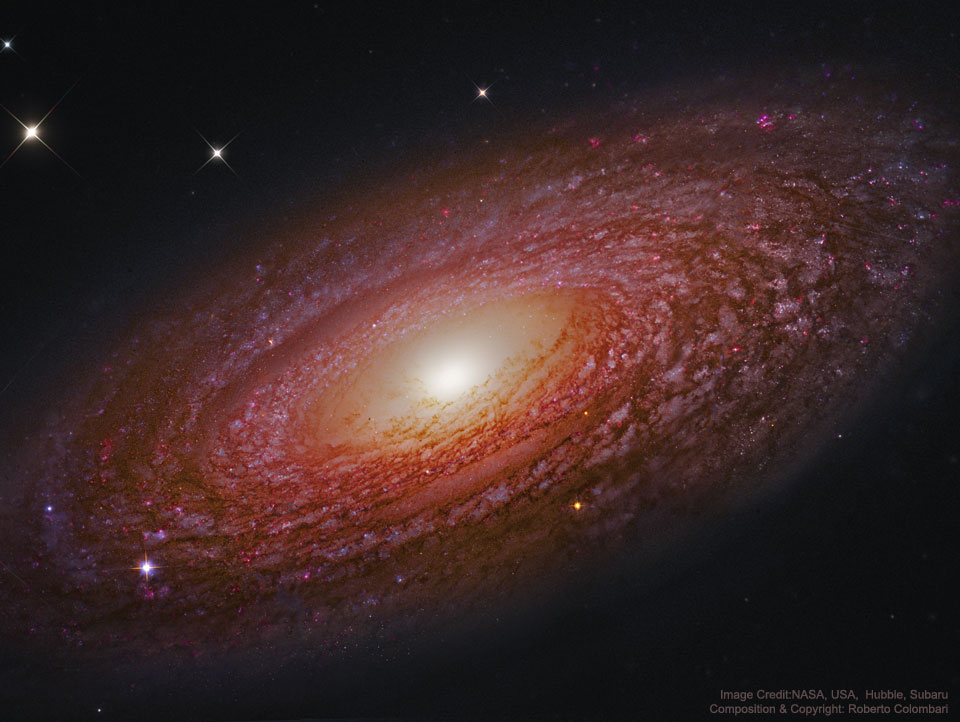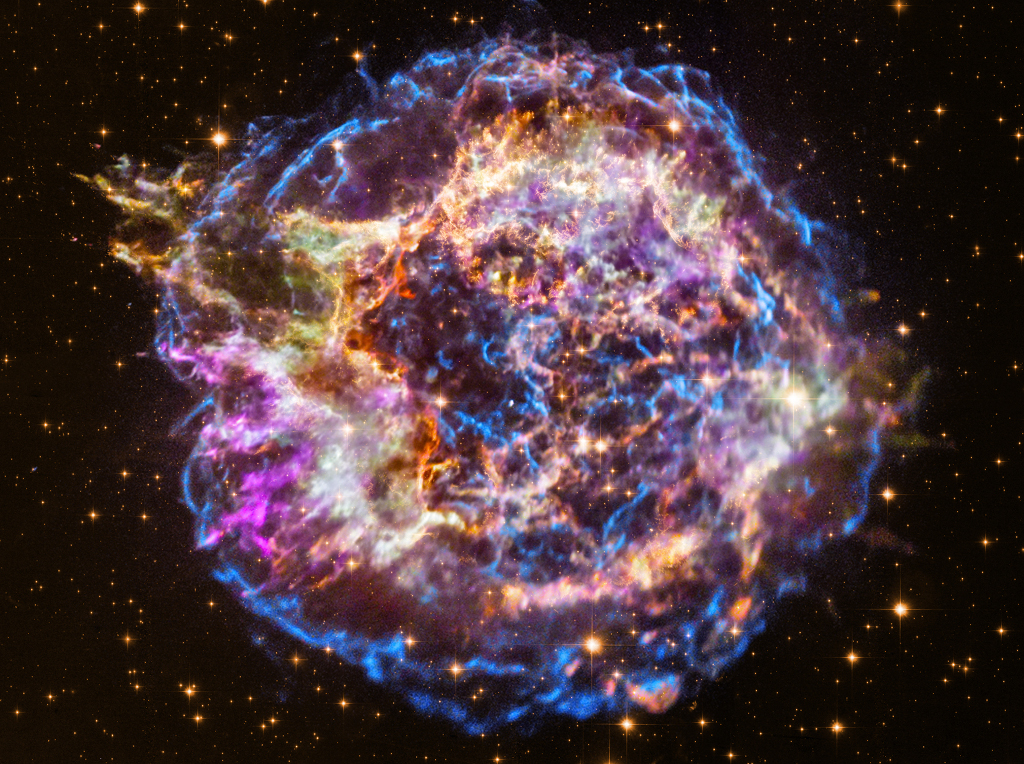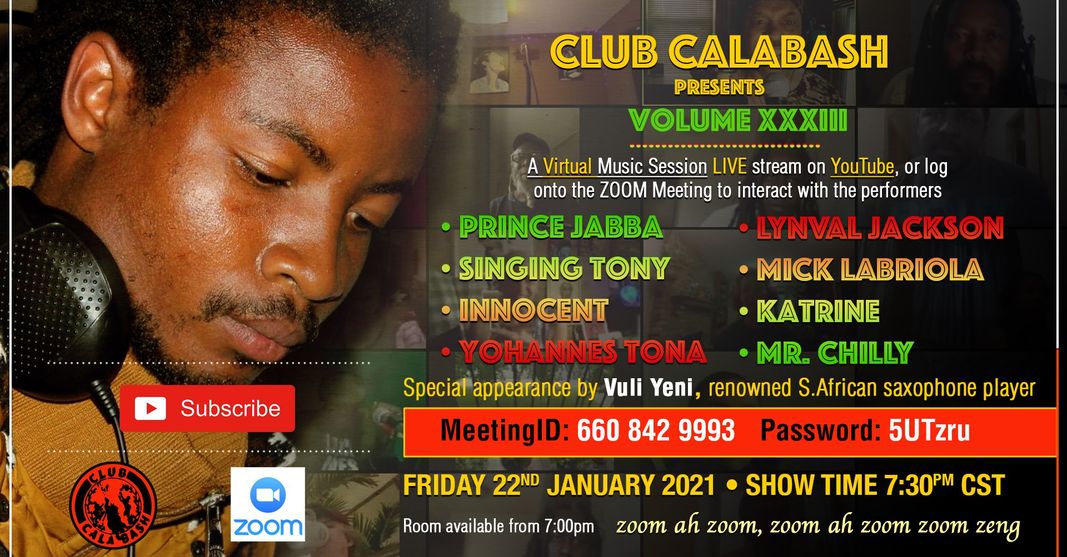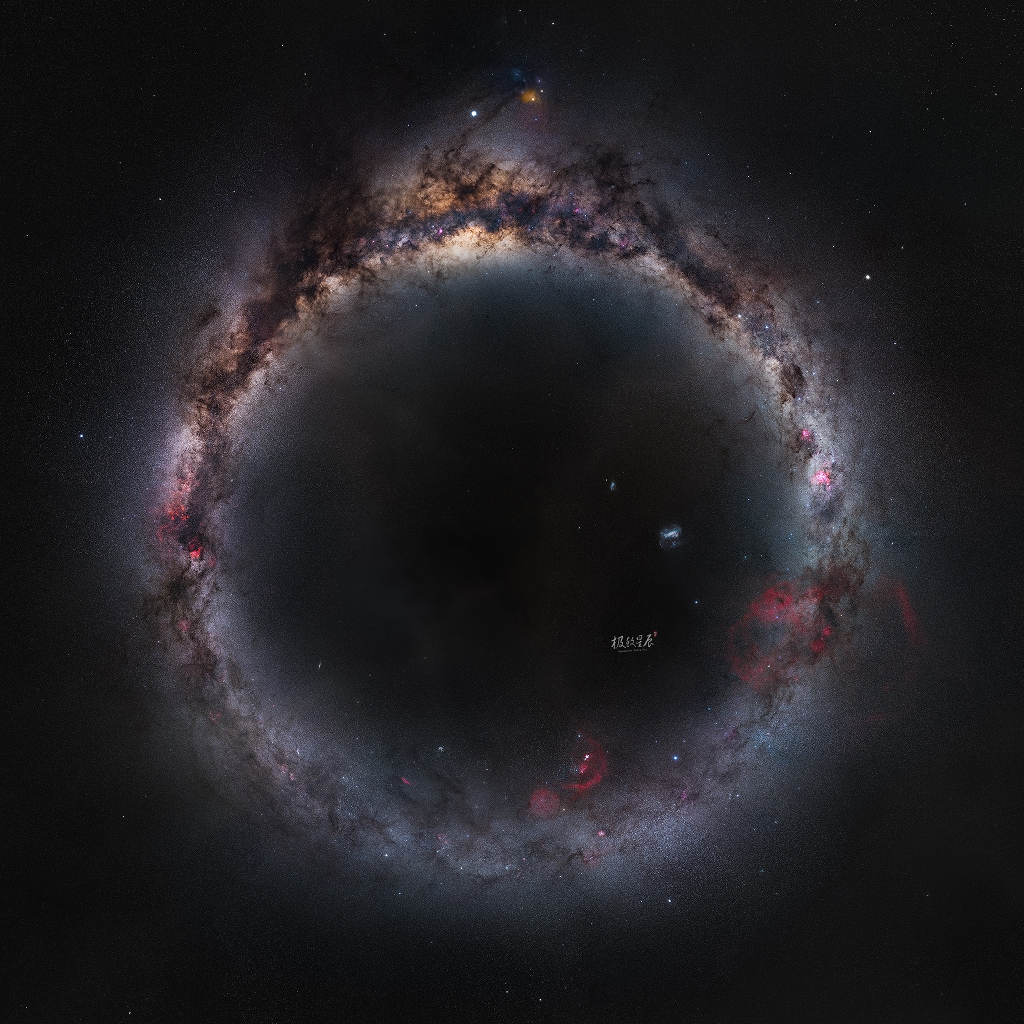Blog
It is one of the more massive galaxies known. A mere 46 million light-years distant, spiral galaxy NGC 2841 can be found in the northern constellation of Ursa Major. This sharp view of the gorgeous island universe shows off a striking yellow nucleus and galactic disk. Dust lanes, small, pink star-forming regions, and young blue star clusters are embedded in the patchy, tightly wound spiral arms. In contrast, many other spirals exhibit grand, sweeping arms with large star-forming regions. NGC 2841 has a diameter of over 150,000 light-years, even larger than our own Milky Way. The featured composite image merges exposures from the orbiting 2.4-meter Hubble Space Telescope and the ground-based 8.2-meter Subaru Telescope. X-ray images suggest that resulting winds and stellar explosions create plumes of hot gas extending into a halo around NGC 2841.

Julian Miles Holland, OBE, DL (born 24 January 1958) is an English pianist, bandleader, singer, composer and television presenter. He was an original member of the band Squeeze and has worked with many artists including Jayne County, Sting, Eric Clapton, Mark Knopfler, George Harrison, David Gilmour, Magazine, The The and Bono.
Since 1992, he has hosted Later… with Jools Holland, a music-based show aired on BBC2, on which his annual show Hootenanny is based. Holland is a published author and appears on television shows besides his own and contributes to radio shows. In 2004 he collaborated with Tom Jones on an album of traditional R&B music.
On BBC Radio 2 Holland also regularly hosts the weekly programme Jools Holland, a mix of live and recorded music and general chat and features studio guests, along with members of his orchestra.
more...Julius Arthur Hemphill (January 24, 1938 – April 2, 1995) was a jazz composer and saxophone player. He performed mainly on alto saxophone, less often on soprano and tenor saxophones and flute.
Hemphill was born in Fort Worth, Texas, and attended I.M. Terrell High School (as did Ornette Coleman). He studied the clarinet with John Carter, another I.M. Terrell alumnus, before learning saxophone. Gerry Mulligan was an early influence. Hemphill joined the United States Army in 1964, and served for several years, and later performed with Ike Turner for a brief period. In 1968, Hemphill moved to St. Louis, Missouri, and co-founded the Black Artists’ Group (BAG), a multidisciplinary arts collective that brought him into contact with artists such as saxophonists Oliver Lakeand Hamiet Bluiett, trumpeters Baikida Carroll and Floyd LeFlore, and writer/director Malinke Robert Elliott.
Hemphill moved to New York City in the mid-1970s, and was active in the then-thriving free jazz community. He gave saxophone lessons to a number of musicians, including David Sanborn and Tim Berne. Hemphill was probably best known as the founder of the World Saxophone Quartet, a group he formed in 1976, after collaborating with Anthony Braxton in several saxophone-only ensembles. Hemphill left the World Saxophone Quartet in the early 1990s, and formed a saxophone quintet.
more...
Aaron Joseph Neville (born January 24, 1941) is an American R&B and soul vocalist and musician. He has had four platinum albums and four Top 10 hits in the United States, including three that went to #1 on Billboard‘s Adult Contemporary chart. His debut single, from 1966, was #1 on the Soul chart for five weeks.
He has also recorded with his brothers Art, Charles and Cyril as The Neville Brothers and is the father of singer/keyboards player Ivan Neville. Neville is of mixed African-American, Caucasian, and Native American (Choctaw) heritage.
The first of his singles that was given airplay outside of New Orleans was “Over You” (Minit, 1960). Neville’s first major hit single was “Tell It Like It Is“, released on a small New Orleans label, Par-Lo, co-owned by local musician/arranger George Davis, a friend from school, and band-leader Lee Diamond. The song topped Billboard‘s R&B chart for five weeks in 1967 and also reached #2 on the Billboard Hot 100 (behind “I’m a Believer” by the Monkees). It sold over one million copies, and was awarded a gold disc. It was not the label’s only release, as some sources claim. At least five other Par-Lo singles, three of them by Neville himself, are known to exist.
Neville released his first solo album since the late 60s in 1986 with the independent release Orchid in The Storm. In 1989, Neville teamed up with Linda Ronstadt on the album Cry Like a Rainstorm, Howl Like the Wind which included four duets by the pair. Amongst them were the #1 Grammy-winning hits “Don’t Know Much” and “All My Life“. “Don’t Know Much” reached #2 on the Hot 100, and was certified Gold for selling a million copies, while the album was certified Triple Platinum for US sales of more than 3 million.
more...Joe Albany (born Joseph Albani; January 24, 1924 – January 12, 1988) was an American modern jazz pianist who played bebop with Charlie Parkeras well as being a leader on his own recordings.
Born in Atlantic City, New Jersey, Albany studied piano as a child and, by 1943, was working on the West Coast in Benny Carter‘s orchestra. In 1946 he at least once played with Parker and then 20-year-old Miles Davis. He continued for a few years afterward, and in 1957 recorded an album for Riverside with an unusual trio line-up with saxophonist Warne Marsh and Bob Whitlock on bass, omitting a drummer. Despite that, most of the 1950s and 1960s saw him battling a heroin addiction, or living in seclusion in Europe. He also had several unsuccessful marriages in this period. He returned to jazz in the 1970s and played on more than ten albums. He died of respiratory failure and cardiac arrest in New York City at the age of 63.
more...James Robert Forrest Jr. (January 24, 1920 – August 26, 1980) was an American jazz musician, who played tenor saxophone throughout his career. Forrest is known for his first solo recording of “Night Train“. It reached No. 1 on the Billboard R&B chart in March 1952, and stayed at the top for seven weeks. “Hey Mrs. Jones” (No. 3 R&B) and “Bolo Blues” were his other hits. All were made for United Records, which recorded Forrest between 1951 and 1953. He recorded frequently as both a sideman and a bandleader.
Born in St. Louis, Missouri, United States, Forrest played alongside Fate Marable as a young man. He was with Jay McShann in 1940-42 and with Andy Kirk from 1942 until 1948 when he joined Duke Ellington. During the early 1950s, Forrest led his own combos. He also played with Miles Davis, in early 1952 at The Barrel Club. After his solo career, he played in small combos with Harry “Sweets” Edison and Al Grey, as well as appearing with Count Basie.
more...https://www.youtube.com/watch?v=WeDYrLi1kEY
more...Massive stars in our Milky Way Galaxy live spectacular lives. Collapsing from vast cosmic clouds, their nuclear furnaces ignite and create heavy elements in their cores. After a few million years, theenriched material is blasted back into interstellar space where star formation can begin anew. The expanding debris cloud known as Cassiopeia A is an example of this final phase of the stellar life cycle. Light from the explosion which created this supernova remnant would have been first seen in planet Earth’s sky about 350 years ago, although it took that light about 11,000 years to reach us. This false-color image, composed of X-ray and optical image data from the Chandra X-ray Observatory and Hubble Space Telescope, shows the still hot filaments and knots in the remnant. It spans about 30 light-years at the estimated distance of Cassiopeia A. High-energy X-ray emission from specific elements has been color coded, silicon in red, sulfur in yellow, calcium in green and iron in purple, to help astronomers explore the recycling of our galaxy’s star stuff. Still expanding, the outer blast wave is seen in blue hues. The bright speck near the center is a neutron star, the incredibly dense, collapsed remains of the massive stellar core.

more...
Gary Burton (born January 23, 1943) is an American jazz vibraphonist, composer, and educator. Burton developed a pianistic style of four-mallet technique as an alternative to the prevailing two-mallet technique. This approach caused him to be heralded as an innovator, and his sound and technique are widely imitated. He is also known for pioneering fusion jazz and popularizing the duet format in jazz, as well as being a major figure in music education from his 30 years at the Berklee College of Music.
Burton was born in Anderson, Indiana in 1943. Beginning music at six years old, he mostly taught himself to play marimba and vibraphone. He began studying piano at age sixteen while finishing high school at Princeton Community High School in Princeton, Indiana (1956–60). He has cited jazz pianist Bill Evans as the inspiration for his approach to the vibraphone.[citation needed]
Burton attended Berklee College of Music in Boston in 1960–61 and the Stan Kenton Clinic at Indiana University in 1960. He studied with Herb Pomeroy and soon befriended composer and arranger Michael Gibbs. After establishing his career during the 1960s, he returned to join the staff of Berklee from 1971–2004, serving first as professor, then dean, and executive vice president during his last decade at the college. In 1989, Burton received an Honorary Doctorate of Music from Berklee.
Early in his career, at the behest of noted Nashville saxophonist Boots Randolph, Burton moved to Nashville and recorded with several notable Nashville musicians, including guitarist Hank Garland, pianist Floyd Cramer and guitarist Chet Atkins.
more...Curtis Counce (January 23, 1926 – July 31, 1963) was an American hard bop and West Coast jazz double bassist.
Counce was born in Kansas City, Missouri and moved to California in 1945. He began recording in 1946 with Lester Young, and in the 1950s in Los Angeles with musicians such as Shorty Rogers, Stan Kenton, Shelly Manne, Lyle Murphy, Teddy Charles, and Clifford Brown. Counce formed his quintet in 1956 featuring tenor saxophonist Harold Land, trumpeter Jack Sheldon, pianist Carl Perkins and drummer Frank Butler. Elmo Hope replaced Perkins after his death at age 29 in 1958. Gerald Wilson replaced Sheldon on some recordings. The four albums originally released on Contemporary Records were reissued in 2006 on a double CD by Gambit Spain. Counce died in Los Angeles, California, of a heart attack. He was survived by his wife, Mildred Counce and only child Celeste Counce.
more...Jean Reinhardt (23 January 1910 – 16 May 1953), known to all by his Romani nickname Django (French: [dʒãŋɡo ʁɛjnaʁt] or [dʒɑ̃ɡo ʁenɑʁt]), was a Belgian-born Romani-French jazz guitarist and composer. He was the first major jazz talent to emerge from Europe and remains the most significant. With violinist Stéphane Grappelli, Reinhardt formed the Paris-based Quintette du Hot Club de France in 1934. The group was among the first to play jazz that featured the guitar as a lead instrument. Reinhardt recorded in France with many visiting American musicians, including Coleman Hawkinsand Benny Carter, and briefly toured the United States with Duke Ellington‘s orchestra in 1946. He died suddenly of a stroke at the age of 43.
Reinhardt’s most popular compositions have become standards within gypsy jazz, including “Minor Swing“, “Daphne”, “Belleville”, “Djangology”, “Swing ’42”, and “Nuages“. Jazz guitarist Frank Vignola claims that nearly every major popular-music guitarist in the world has been influenced by Reinhardt. Over the last few decades, annual Django festivals have been held throughout Europe and the U.S., and a biography has been written about his life. In February 2017, the Berlin International Film Festival held the world premiere of the French film Django.
Reinhardt was born on 23 January 1910 in Liberchies, Pont-à-Celles, Belgium, into a Belgian family of Manouche Romani descent. His father was Jean Eugene Weiss, but domiciled in Paris with his wife, he went by Jean-Baptiste Reinhardt, his wife’s surname, to avoid French military conscription. His mother, Laurence Reinhardt, was a dancer. The birth certificate refers to “Jean Reinhart, son of Jean Baptiste Reinhart, artist, and Laurence Reinhart, housewife, domiciled in Paris”.
more...https://www.youtube.com/watch?v=wM8PQbhas6Y
more...mick will perform Rat Race the horn version and his own arrangements and maybe a Coxcone Dodd Ska favorite.

An expanse of cosmic dust, stars and nebulae along the plane of our Milky Way galaxy form a beautiful ring in this projected all-sky view. The creative panorama covers the entire galaxy visible from planet Earth, an ambitious 360 degree mosaic that took two years to complete. Northern hemisphere sites in western China and southern hemisphere sites in New Zealand were used to collect the image data. Like a glowing jewel set in the milky ring, the bulge of the galactic center, is at the very top. Bright planet Jupiter is the beacon just above the central bulge and left of red giant star Antares. Along the plane and almost 180 degrees from the galactic center, at the bottom of the ring is the area around Orion, denizen of the northern hemisphere’s evening winter skies. In this projection the ring of the Milky Way encompasses two notable galaxies in southern skies, the large and small Magellanic clouds.

Made from 10 light frames by Starry Landscape Stacker 1.8.0. Algorithm: Mean Min Hor Star Dupe
More Posts
- Bob Wills
- World Music Alam Khan
- Daily Roots Alvin Davis
- Cosmos NGC 2170
- J. B. Lenoir
- Lou Levy
- World Music Susana Seine
- Daily Roots Ranking Dread
- Echos of Freedom James Baldwin
- Rhythm Roots Workshop Residency @ Saint Therese Senior Living of Woodbury
- Cosmos NGC 4423
- Ricky Ford
- Bobby Womack
- Jan Garbarek
- Miriam Makeba
- Larry Bunker
- Antonio Vilvaldi
- World Drumming Trio Peligroso
- Daily Roots Guiding Star Orchestra
- Echoes of Freedom Rosa Parks